Ayioi Saranta is just one of Cyprus’ many hidden religious sites
The tiny cave church of Ayioi Saranta (forty saints) cannot begin to compete with the loud jubilation we can expect to hear at midnight on Saturday as church bells across the island will announce the resurrection of Christ.
Bonfires – police willing – will blaze and everyone will exchange wishes, go home and celebrations will begin, first with hot soup in the early hours and later with whole lambs turning on the spit.
Lent is over, families get together and a few will end up in hospital as they gorge on the Easter feasts.
Others will spend Easter alone, hidden, just like some of the island’s churches. Just like Ayioi Saranta near Protaras, as these drone photos of the church by the Cyprus Mail’s photographer Christos Theodorides reveal so eloquently.
Easter is the most important religious date in the Orthodox calendar and this year the whole of Christianity celebrates Easter on the same day – April 20.
The symbolism of Easter is clear: new life and hope. This follows 50 days of fasting, to clear the body and soul. But all this without being kind means nothing.
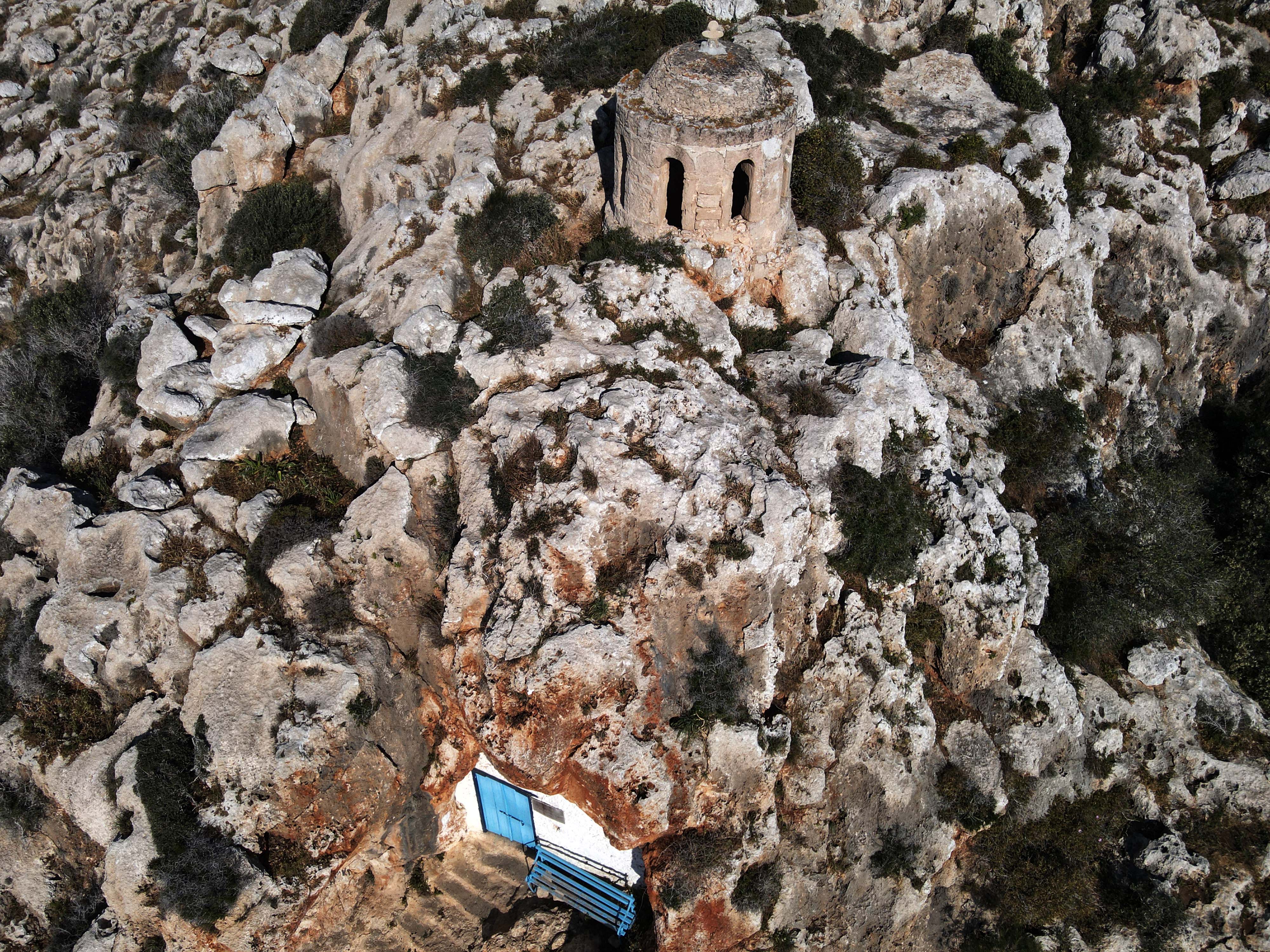
And no one explains the Easter message more poignantly than the priest in charge of tiny Ayioi Saranta, father Polyvios Lambrinides.
“The purpose of fasting is to train oneself, educate oneself, because it shows restraint. People abstain from material goods and by limiting food they try to live frugally, away from overconsumption,” father Polyvios explained.
“People on a daily basis hear of all the ills of the world and those happening just down the road. News of war, terrorism, violence, murders, homeless people, child abuse, animal cruelty, pestilence is everywhere.
“Fasting teaches people to define their soul, control their mouth, what they will say. If we behave badly, praying and fasting do nothing for us,” said father Polyvios.
“Easter is the most important Christian religious holiday because we celebrate the resurrection of Christ, which is the triumph over death and this is a message of hope for people.
“Easter is an opportunity – but people should do this always – to try to live in peace, with love towards others. We see that there are continuously wars, conflicts, there is unrest in the society. A society with people living in peace will advance,” he added.
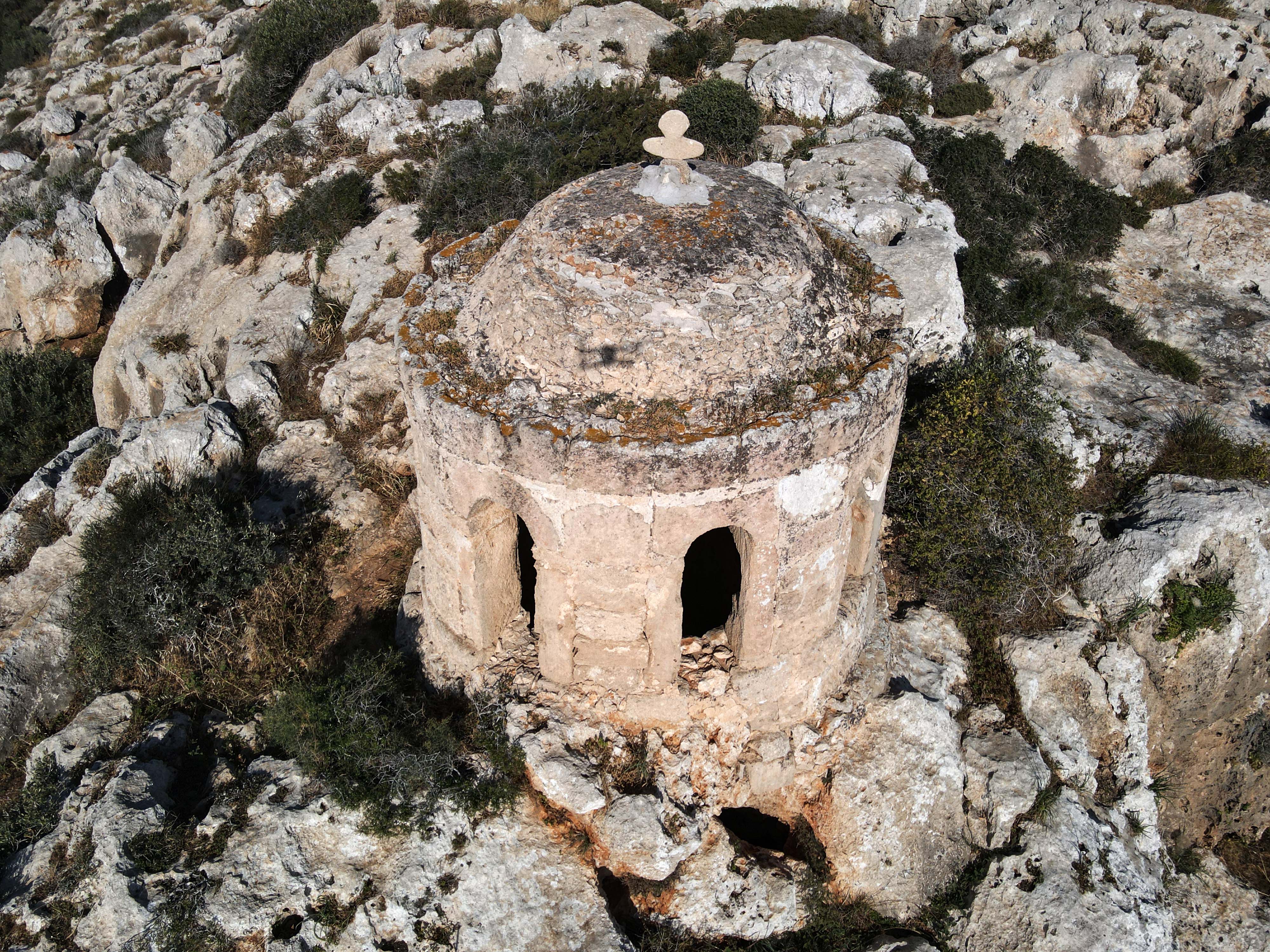
Over Easter, people take flowers to the cave church and light candles, but the Easter liturgy proper is reserved for the larger churches.
March 9 is the big day for Ayioi Saranta (forty saints) when father Polyvios says mass in the cave overlooking Protaras.
On the day of Ayioi Saranta, many faithful make their way up to the cave, where father Polyvios says mass and families offer food and drinks to the worshippers.
What is known about the history of church is fascinating. It is dedicated to the forty martyrs of Sebaste, a group of Roman soldiers who became martyrs for their Christian faith.
The natural cave was used by shepherds to pray, they took icons and a cross and later built a brilliant blue entrance door. Over the years ancient icons, liturgical items and candles have been placed in the crevices of the stone walls. There are no glass windows; and what light there is simply shines through the opening above the door and the dome-like cupola built above the cave.
Since the 19th century there has been much speculation about the cave, some saying someone counted forty stalactites, others that the petrified bones found belonged to forty saints. Twentieth century excavations determined the bones were rather more prosaic. They belonged to ancient dwarf hippopotami which once roamed Cyprus!
The forty saints may not have died in the cave where a church is now dedicated to them, however it remains a serene and sacred place for prayer and meditation – one of many cave churches nested around the island, hidden among the hundreds of churches and monasteries in full view. The church is open all year round and anyone can visit at any time
Maybe detaching from the crowd, spending some time in solitude, whether at home or by visiting a less frequented cave church, is just what is needed to reflect, clear the mind, re-evaluate one’s path and set a course based on kindness, regardless of one’s faith.
“The wind in a mountain’s form appears immobile there in the west. And the sea with folded wings, very low, beneath the window. You feel like flying up high and from there to share out your soul for free. Later you’d descend and, boldly, you’d take the place in the tomb that is yours.” Easter poem, Odysseas Elytis (1911-1996)
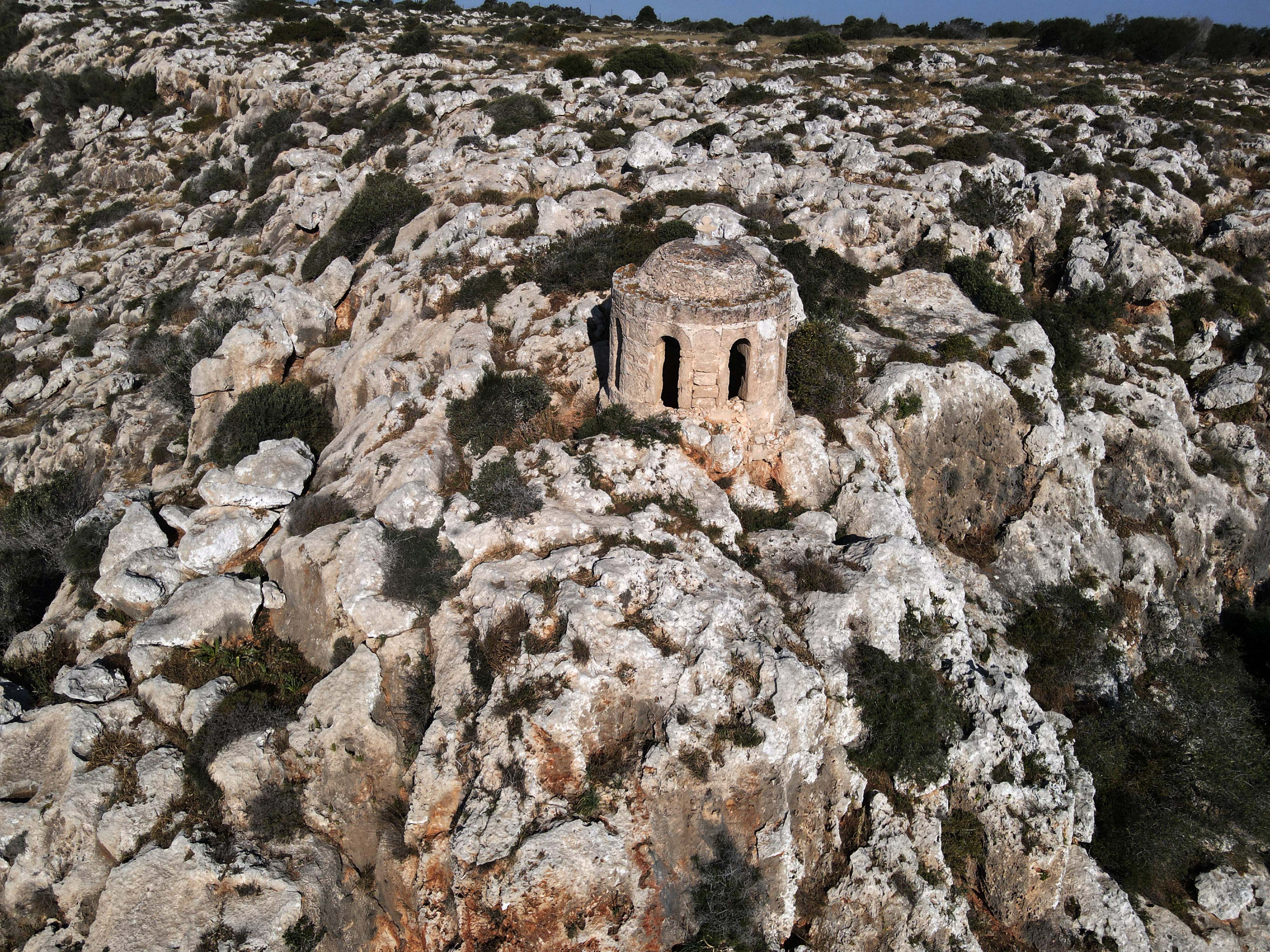

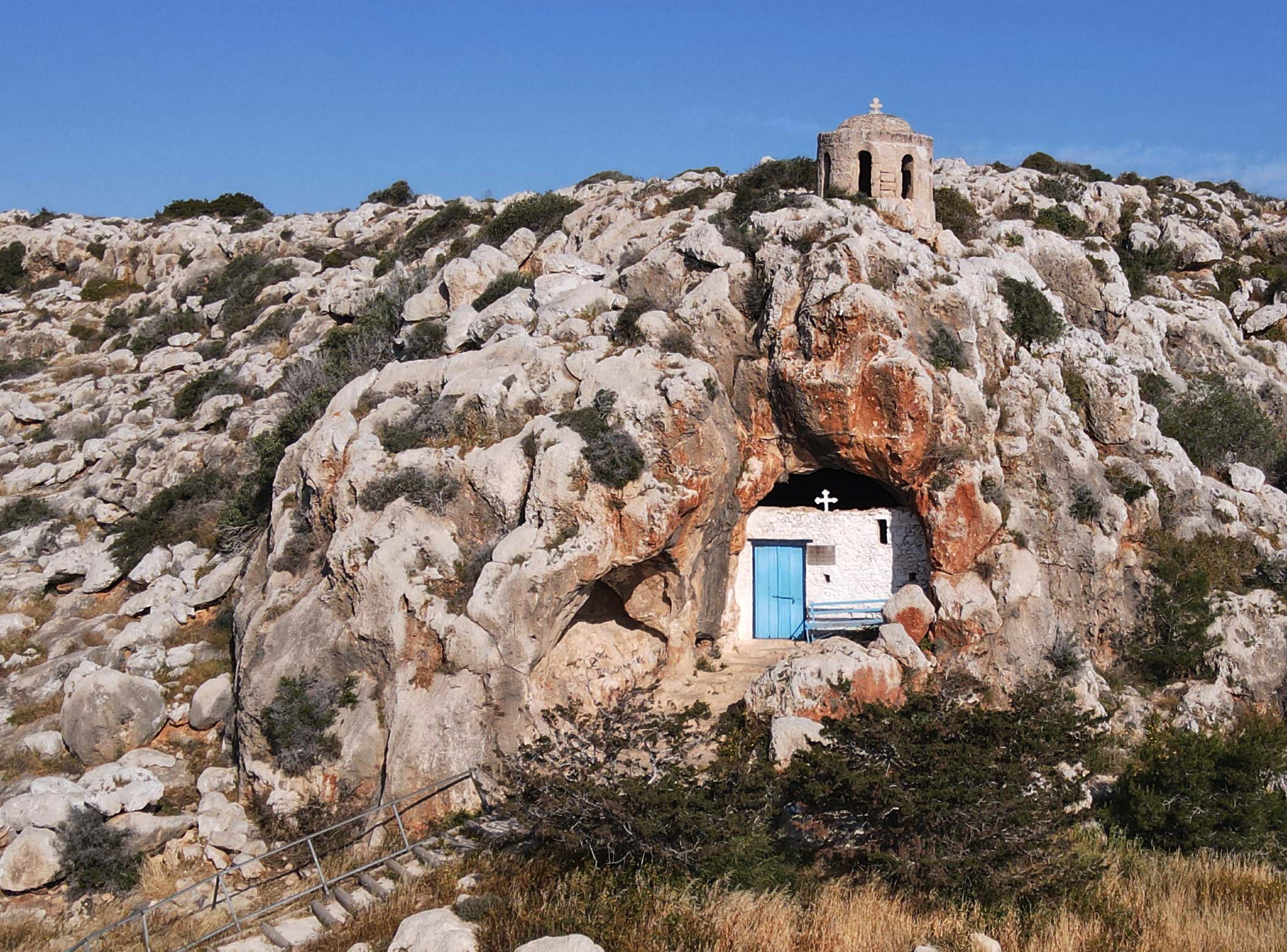
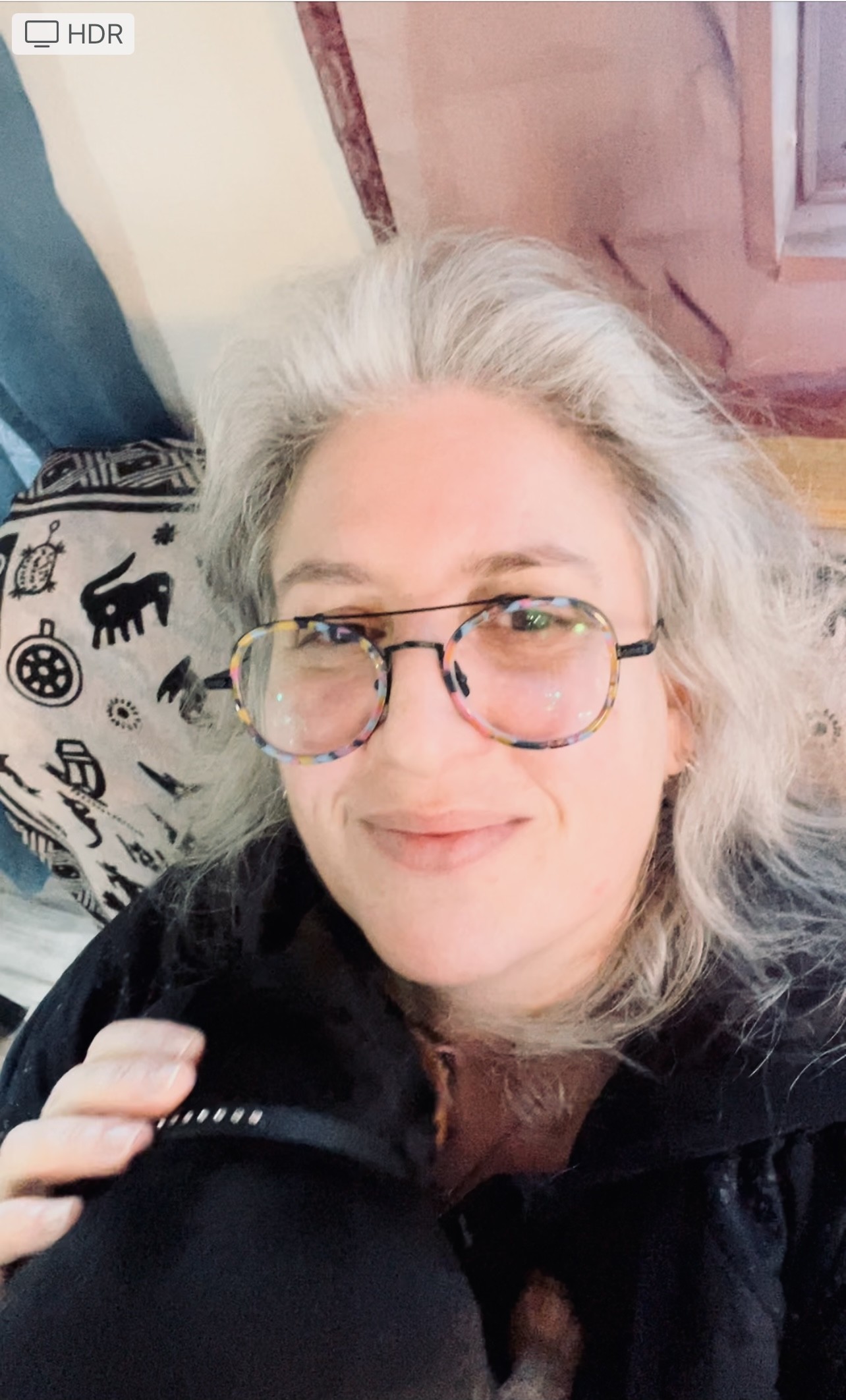




Click here to change your cookie preferences